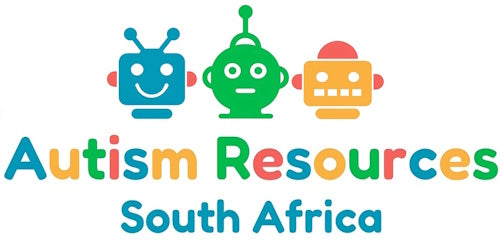How to Plan a Fantastic Summer Break for an ASD Child
Jaco de GoedeBy Dana Reinhardt, MEd, published by Autism Parenting Magazine (8 Oct 2021)
Summer is full of memorable moments such as family vacations to the beach, day trips to the zoo, or having fun in the pool. But as a mother of a child with autism, I’ve learned the season also involves careful and strategic planning, like any activity that is outside of the daily structure for my children.
The season brings a mix of emotions for children with autism spectrum disorder (ASD). While they are excited to have more time for their favorite, and known, activities, they also have anxiety about the unexpected—a new routine, new supervisors, new peers.
Not only do children have to adjust to this everyday newness for a few months, but there is also the challenge of singular events that include new sounds, feels, and smells. Quintessential summer activities like a trip to the beach can be overwhelming for children with autism and sensory needs.
But summer isn’t something that needs to be feared. If you’re a parent of a child with autism, here are a few tips to help you take advantage of everything the sunny season has to offer.
Establish a New Routine
While every child is unique, it is common for children with ASD to have difficulty with a disruption in their routine. First and foremost, it’s important to ease your child into a summer break by creating a daily schedule. At the minimum, you should focus on creating a bookend structure that follows a fairly consistent routine including a wake-up time and bedtime.
Having structure mixed with some flexibility and choice activities can also be a healthy learning opportunity for your child, all while in a safe, familiar environment. Consider making the schedule visual and placing it in a common area where it can be reviewed daily by family members.
At the beginning of each week, sit together as a family to discuss upcoming plans and any changes to the schedule. It is important to include your child with ASD in the plans, so he/she is prepared for the unexpected.
Search for Inclusive Summer Activities
Many families, like mine, choose to look into a summer program or camp to ease summer stress. Thankfully great progress has been made in educational offerings over the past decade for children with autism, but options can still be limited. If this is something your family is considering, be sure to start your research early.
Get together with other families of your child’s peers that may also be looking—not only will this help your search, but the placement with a peer your child is familiar with will help minimize the unknown.
Planning Inclusive Family Outings
Summer is filled with full beaches, shopping malls, and fairs that bring crowds and extreme sensory experiences that can be difficult for children with autism, but enjoyable for other family members.
Find a way to balance activities for all family members. Whether it’s sending brother and sister along with the grandparents for the county fair, or taking turns with your partner—determine what works best for your family.
Also, consider activities that could be fun for everyone—with just a few small adaptations. Physical activity is important, and often children with ASD need an outlet for their energy and heightened sensory awareness. Swimming is a shared favorite for many families juggling sensory needs. You can also go on a nature walk, create a scavenger hunt with clear directions and a defined pattern for success, have a family yoga session, or take a walk around town and stop at your favorite ice cream shop.
Summer Survival Kit
If you and your child decide to overcome an unknown, such as a carnival or trip to the boardwalk, prepare your child with a ‘summer survival kit.’ We recommend including sensory toys or items your child enjoys, such as buttons, playdough, ribbons and string, as well as headphones, and a stress ball to help adapt to the loud and overwhelming environment.
Another easy item to throw in your survival kit is a guide to social stories. Social Stories for Autistic Children, for example, is an illustrated guide that sets up different social scenarios that may be challenging for a child with autism and provides visuals to help parent and child work through how to prepare and respond to the unknown. Social stories were first conceptualized in 1991 by pediatric doctor and autism researcher, Dr. Carol Gray, in an effort to improve the social skills and behaviors of people on the autism spectrum.
Take Time For Yourself
Make sure self-care is a part of your routine. For any parent, finding personal downtime in the summer can be difficult. For a parent of a child with autism, that challenge increases dramatically. Don’t forget to find ways to break away and de-stress.
If your child has designated screen time or will engage in quiet time, take those few minutes for some “me” time—perhaps looking through a magazine, catching up on Facebook, calling a friend for a chat, or just sitting outside to enjoy the quiet. By taking care of yourself, you will be able to better care for the rest of your family and enjoy a memorable summer with your family.
As any parent of a child with autism knows, we often need a vacation from our vacation. There is no right or wrong way to plan your summer; each new experience will create lasting memories for your family and teach you what accommodations your child may need.
My family enjoys spending time at the pool, trips to the beach, and just being together in our own backyard. Choose activities that allow your family to be together to create lasting memories. Each family is different, but that’s what makes it your family.
This article was featured in Issue 88 – Knowledge is Power of Autism Parenting Magazine

